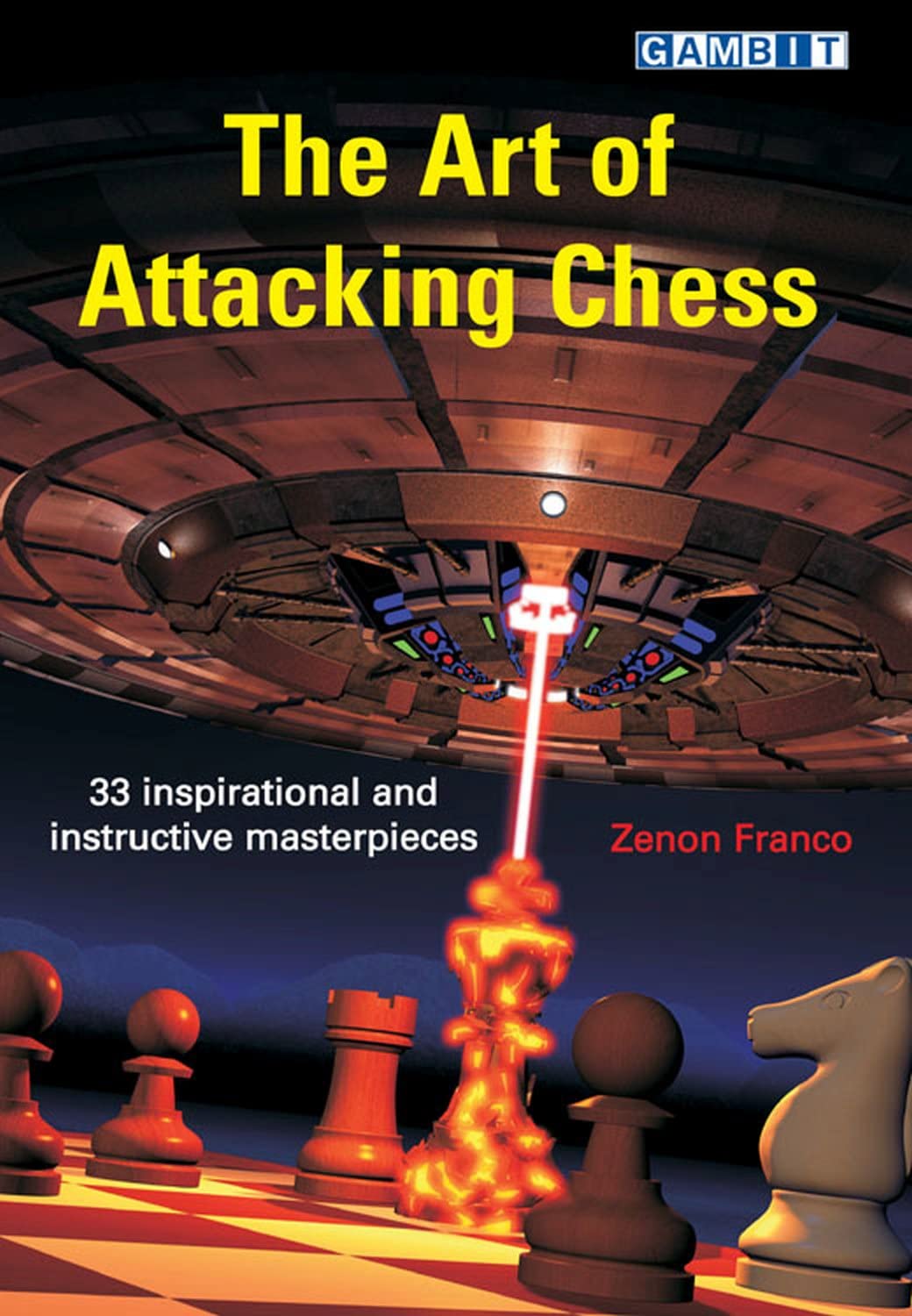I read the Art Of Attacking around 2018 or 2019 and that was primarily because I had adopted a positional kind of play in all my games with little attention to attacking and tactical moves.
I’ve always had this sort of bias towards positional chess, reading books like:
- Mastering Positional Chess by Daniel Naroditsky where I first learned the concept of prophylaxis amongst others
- Think like a Grandmaster by Alexander Kotov
- My System by Aaron Nimzowitsch
But I knew that I had to learn how to generate fire on the chess board.
So, I got my hands on the Art of Attacking Chess and I did get what I was seeking.
This book takes a look at the fiery aspect of chess. It talks about topics such as:
- King in the centre
- Opposite-side castling
- Attacking the castle king (same-side castling)
- Exploiting temporary advantages
- Horwitz bishops
Let’s take a closer look at each chapter.
Every Chapter Summarized
Chapter 1 discusses positions where the king remains in the center either temporarily or permanently.
The idea behind this is to show you how to attack the king in the center and induce weaknesses in your opponent’s camp.
This chapter along with others does not just discuss positions.
I love how the author sourced out real games of top grandmasters, analyzing them from the very first move to the winning combo and resigning move (in most cases).
Chapter 2 takes a look at opposite-side castling.
Opposite side castling happens when the kings are situated on opposite wings so this means that we are basically moving our pieces towards opposite wings where the kings are located and sometimes this can lead to really complicated and sharp battles.
In Chapter 3, we see positions where both sides castles in one direction and attack happens in that direction too.
Chapter 4 talks about exploiting temporary advantages. Here, Franco explains how little chances can be immediately taken advantage of.
Say your opponent has uncoordinated pieces that are difficult to get to the other side of the board, you could leverage that by attacking the area where your opponent is most weak at.
Chapter 5 talks about ‘Horwitz Bishops’.
The term “Horwitz Bishops” designates a setup where two bishops are strategically positioned on neighboring diagonals. For example, White’s light-squared and dark-squared bishop on d3 and d2 squares respectively.
This chapter explains how an active bishop pair can positively (and maybe negatively) affect your attacking chances.
Chapter 6 highlights miscellaneous themes such as:
- The power of the White f5-knight (or a Black knight on f4)
- Maneuvering with the major pieces
- Attacks based on a strong pawn center
What I Like About This Book
- At the end of every chapter are exercises that touch on discussed topics. You’ll find the solution to these exercises at the end of the book, explained in a robust manner.
- Real life and high quality games of super grandmasters such as Judith Polgar, Viswanathan Anand, Boris Gelfand, Peter Svidler, Nigel Short, Bobby Fischer, Boris Spassky, Garry Kasparov, Veselin Topalov, Magnus Carlsen and others
- Not a huge feature but I just love the cover (*grinning*). I like the concept of a spaceship annihilating one of the kings on the chessboard.
Who this Book is For and Not For?
This book might not be a good fit for beginners as it covers advanced and complicated concepts.
However, it can be a good read for intermediate players.
Club players and players looking forward to becoming masters should definitely get their hands on this book as the games and ideas discussed in this book are grandmaster-level stuff.
Final Thoughts
I recommend getting this book if you’re serious about taking your chess to the next level.
Don’t bother to buy if you plan to read it like you’ll read an article on your work break. Seriously, don’t.
Only get it if you want to take your attacking abilities from like 15 to like 75 on a scale of 1-100.
In any case, you’ll need to study for days and weeks so you should be ready for that.
Let me know if this review was helpful.
